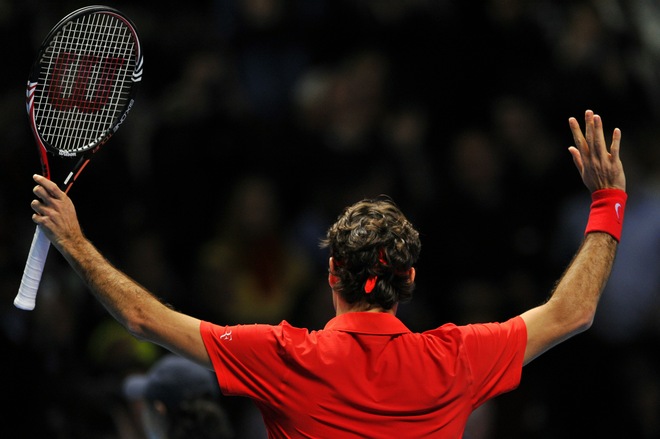This editorial is all about that topic. Performance-enhancing drugs. They exist, and they exist in professional tennis. Citing and crediting this excellent piece by Tracey DeFrancesco (of Tennis View Magazine), the debate is on about doping in tennis. Yesterday’s editorial about Novak Djokovic’s secret pressurized egg introduced new literature, including WADA (World Anti-Doping Agency) and the ITF (International Tennis Federation). Today it goes further into topics and issues of doping, performance-enhancing drugs, and the differing opinions of Roger Federer and Rafael Nadal.
First, let’s understand the basics.
According to Steve Olivier, Professor of Sport and Exercise Science at the University of Abertay Dundee, Scotland, UK, PEDs generally fall into four categories: steroids, human growth hormones (HGH), stimulants, and erythropoietin (known as EPO or blood doping).
Anabolic steroids facilitate muscle growth and recovery, along with negative side effects. HGH is believed to enhance the anabolic effect of steroids and is used to increase strength and train harder. Stimulants increase alertness while reducing fatigue.
EPO boosts red blood cell production, which translates to an improvement in endurance as oxygen travels through the bloodstream more efficiently.
A drug can be placed on the prohibited list if it meets two of three criteria established by the World Anti-Doping Agency (WADA): (1) it has the potential to enhance performance; (2) it represents an actual or potential risk to an athlete’s health; and (3) its use violates the spirit of sport. These criteria explain why recreational drugs such as marijuana and cocaine are banned, despite the possibility that they might not actually improve performance, while caffeine is still allowed.
Called a “seditious site” by senior writer Jon Wertheim of Sports Illustrated, this site has stirred up necessary attention to the subject matter of PEDs (performance-enhancing drugs) in tennis. Tennis Has A Steroid Problem (THASP) is the blog and you can follow the aggressiveness of @Tehaspe on Twitter for more updates.
Moving onto opinions and views on doping in tennis by Federer and Nadal, it is eye-opening as to how different their words are. Federer is all for stringent testing. His words below.
“I feel like this is how you’re going to catch them, right? You’re not going to catch them ringing them up and saying, ‘Look, I would like to test you maybe in two days.’ The guy’s cheating and they’re smart, right? It’s an hour a day. I know it’s a pain, but I would like it to be a clean sport, and that’s why I’m OK with it.”
Rafael Nadal? Well first, THASP has documented his absurd drama over the years for the average tennis fan to have transparency to his timeline of injuries and (ironic) quick recoveries from them.
Rafa’s opinion on the matter:
“I think it shows a lack of respect for privacy. Even my mother or my uncle do not know where I am sometimes, so having to send a message or to be scared all day in case there is a last-minute change seems to me to be a complete exaggeration,” the Spaniard said in a press conference. “It is an intolerable hunt. We have proved that we are a clean sport. You can count [doping] cases with one hand.”
Things are just not that simple anymore to test players and as Federer stated, cheaters will find a way to cheat. Thus stringent testing may be a pain but it is necessary. One more thing (Rafa), doping cases cannot be counted with one hand.
To read entire article by Tracey DeFrancesco, visit and purchase the August/September issue of August/September issue of Tennis View Magazine
Thank you for reading.
Stay connected with FedererFan07 on Twitter and Facebook.
FedererFan07 – the #1 Federer site.
Thank you for visiting.


